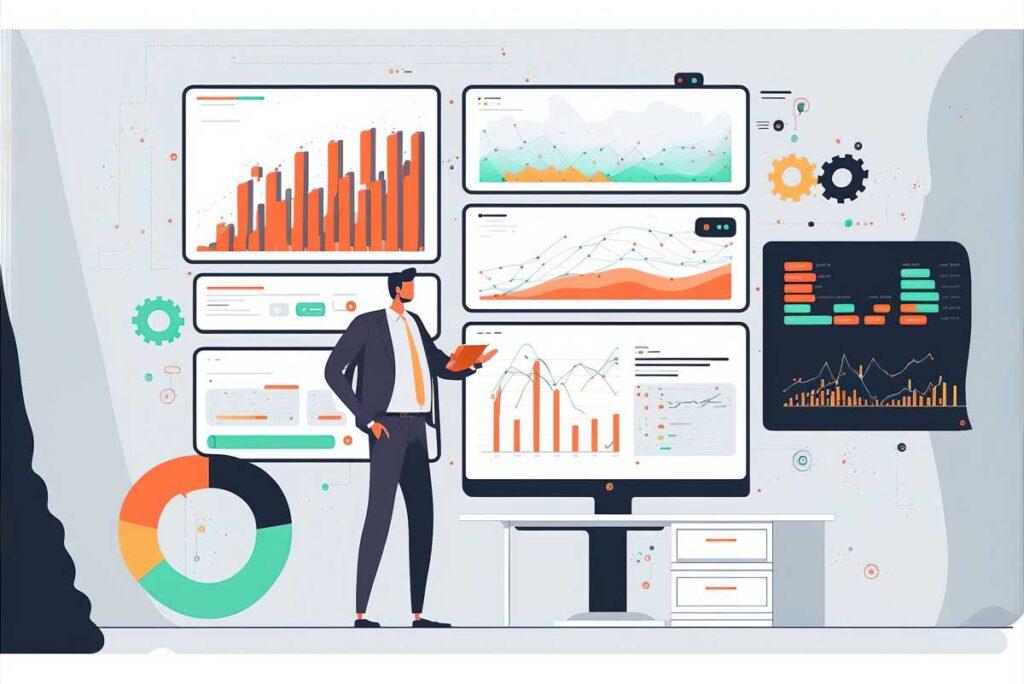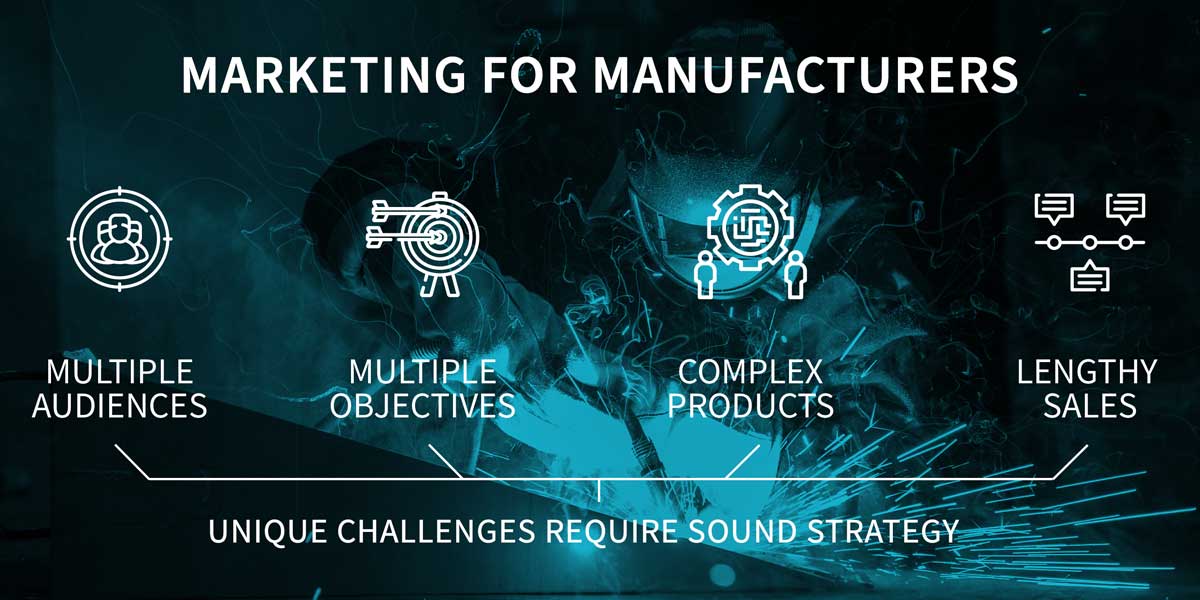By leveraging the power of customer data, businesses can significantly increase their efficiency and competitiveness. Companies have the potential to unlock previously unrealized revenue streams through the transformation of a Customer Relationship Management (CRM) platform into an intelligent growth engine,
Having a CRM system in place has become an essential part of doing business today. But a CRM is more than just a collection of contacts like an old-school Rolodex. It’s a way for you to access, understand and monetize a valuable resource already at your fingertips: customer data. Maximizing ROI during an economic downturn is important for all businesses. Here is how you can get the most out of your customer data and turn that business intelligence into profit.
Customer Data is a Goldmine
Raw data is worthless without the context to make it meaningful. But with a few strategic steps, you can transform large amounts of information into valuable insights and improved outcomes for your business.
Consider this: having an up-to-date list of all those who have interacted with your brand over the past year or so could prove advantageous – but wouldn’t it be better if you knew which customers were just browsing, ready to buy…or even primed to close AND met various criteria essential for successful sales?
Knowing how to analyze and leverage your data can make sure the right people receive pertinent messages without excessive work or intrusive tactics.
New Solutions for New Times
In the last two decades, digital marketing has been upended by a variety of forces. Legal regulations and savvy buyers have pushed marketers to change and improve their tactics—or risk being left behind.
CRMs play a vital role in any business, acting as an all-in-one repository of customer data. They range from simple spreadsheets to intelligent AI systems that develop over time – but their true power lies in taking customers on personalized buying journeys and increasing revenue potential.
These days, powerful CRM systems are now available for every type of business and every price level. We believe the HubSpot CRM is an excellent fit for most small and mid-sized businesses. The value of HubSpot truly lies in its superior tool set, customer support, and training resources. Key benefits of this software platform include the ability to integrate with other tools, it’s easy to learn and use, and the value of the investment makes it attractive and affordable to most businesses. Calculate the ROI you could experience with Hubspot products here.
Use Your CRM for Experience-Driven Marketing
Unlock the path for your business’s growth through experience-driven marketing. Taking advantage of this CRM strategy can open up new pathways to success. Research from Forrester shows that companies that prioritize customer experiences grow 40% faster than companies that don’t. Plus, it shows that those focused on building meaningful connections with their customers increase customer lifetime value by over 60%.
With CRM-rooted marketing, you can deliver the ultimate customer experience: personalized communication across all channels. Personalization remains an effective strategy for gaining attention in today’s fiercely competitive world—tailor messages to customers and your chances of standing out from the crowd to increase significantly!
Three Paths for CRM Success
There are three paths to better results with your CRM. Segmentation ensures that your prospects see or hear your message that is best suited to their specific needs. Contextualization explains in clear terms why your marketing message is relevant and appropriate to your prospects’ buying stage. Personalization makes your prospect feel a connection with your brand.
Segment
Using the data in your CRM, you can isolate specific groups of customers by wants, needs, and readiness to buy.
Lists are an incredibly useful tool to segment and precisely target your database down to the exact specifics that you need. Companies, contacts, and activities can all be effectively grouped together based on any data point stored in your system. Plus, these lists will maintain their accuracy by automatically updating as soon as changes occur.
Contextualize
Every buyer for every product must pass through the three key buying stages:
-
- Awareness
- Consideration
- Decision
Although this journey is flexible for different circumstances, one fundamental remains consistent. It is that consumers need specific buying stage content before they can make a decision.
Knowing where customers are in their journey is the key to providing them with customized messaging that’s on point and tailored just for them. Label prospects appropriately in your CRM and make sure they get relevant messages—it’ll strengthen those valuable relationships.
Personalize
Personalization isn’t just a buzzword—it’s an essential art of communicating effectively with your audience. To get it right, you need to know the language they use, choose topics that interest them, and send messages at precisely the opportune moment. Prospects will feel a connection with your brand because the message is aimed at their needs at the right time.
Your CRM is Your Growth Engine
By segmenting, contextualizing, and personalizing customer data in your CRM system, you can take customers on personalized buying journeys that will significantly increase revenue potential.
The key to successful CRM strategies lies in utilizing clean and easily accessible data so that you can provide tailored messaging that strengthens relationships with prospects at precisely the right moment. When used correctly, a CRM system can be an invaluable goldmine for effective marketing strategies.














